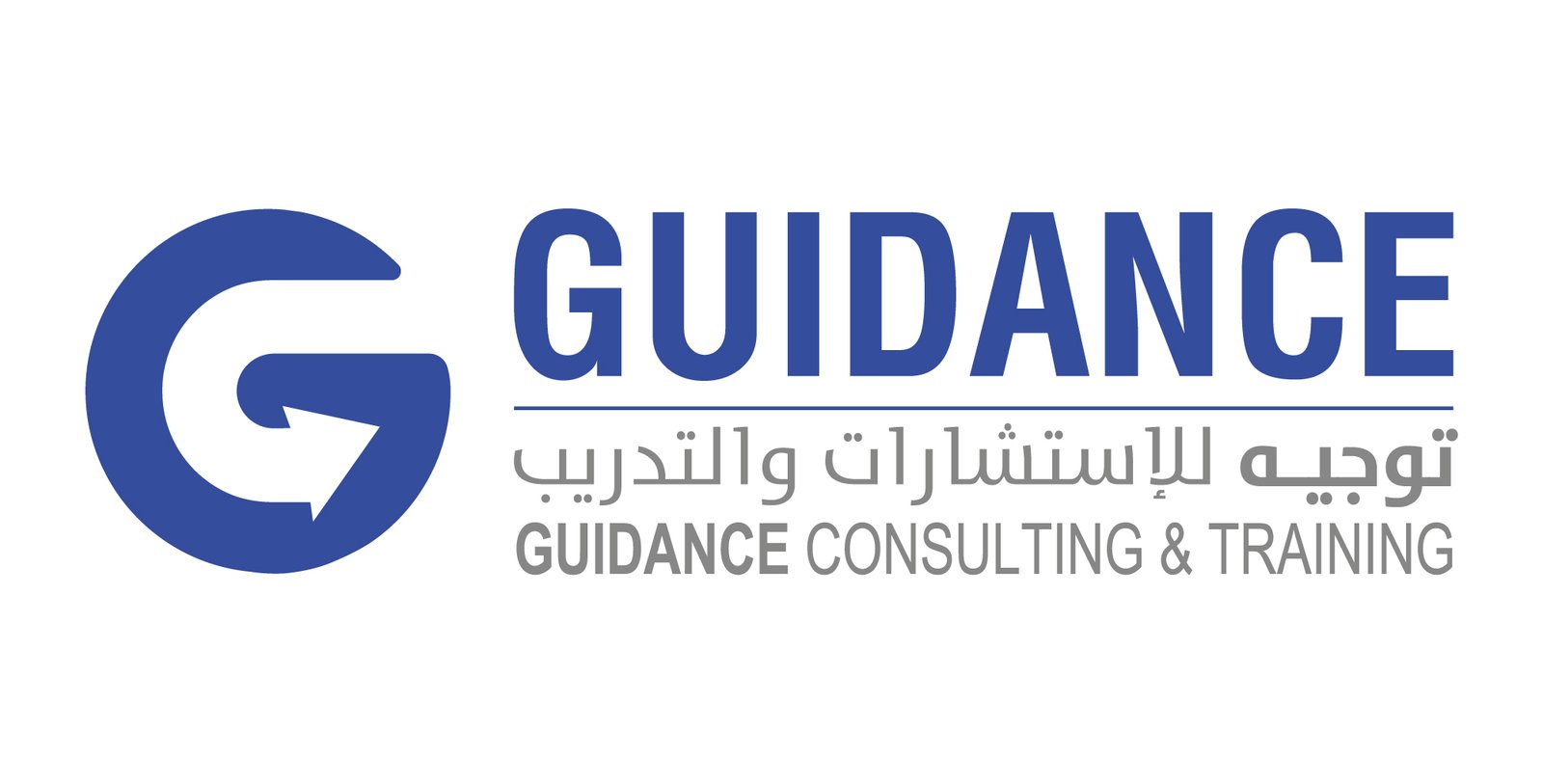Preparing and Developing a Strategic Plan
The strategic plan is a document that determines the direction of the organization/company and is an essential tool for guiding daily decisions and monitoring the organization’s progress, whether for its current projects or new projects that it plans to implement. It is the main driver of the long-term work of any organization/company, to determine long-term strategic goals.
To prepare a solid strategic plan, the focus must be on:
The integrated strategic plan consists of several basic components that include all aspects that must be taken into account to increase the chances of its success that will be put into effect and include the following points:
- Vision and mission: The long-term vision of the organization/company must be defined and the strategic goal of the entity as a whole must be defined, and a vision must be defined that helps motivate the team to achieve the goals.
- Goals and objectives: Smart goals must be defined to ensure their achievement. Unachievable goals must be avoided, as it is necessary to move away from goals that focus on project performance at this stage and to allocate more time and effort by the entire team to plan for long-term goals.
- Determining action steps: includes identifying the initiatives and investments required to achieve strategic goals.
- Choosing the right performance indicators: Performance indicators that help monitor the achievement of goals must be defined, as by tracking performance indicators, the company can adjust its work and adapt it as needed. Adjusting the company’s strategic and operational performance indicators provides a powerful tool when implementing change.
- Define target customers: Identify the desires and needs of each group of target customers, marketing efforts should be focused on obtaining a greater return on investment, attracting customers through direct communication with target customers, and working to achieve customer needs and desires.
- Target market analysis: The organization/company must conduct a market analysis to explore how its business is growing, as the analysis framework includes the team’s capabilities to develop businesses and investment and commercial projects in the Saudi market. Sufficient time should be allocated to conduct a SWOT analysis to reveal strengths and weaknesses and identify the opportunities and threats it faces, which allows it to confront and manage any risks it is exposed to.
- Competitor analysis and their advantages: By analyzing competitors within the target market, and identifying their strengths and weaknesses, determine your place in the market, and the competitive advantage you have concerning the services and products you provide.
- The team has the necessary capabilities: Studying the human resources needed to achieve the set strategic objectives, and determining the need to appoint new individuals.
- Operational plan: The operations plan contributes to drawing up a policy to achieve the objectives and opportunities available in the Saudi market. Partial projects that represent parts of the strategic objectives are identified within this component, in addition to determining the project completion method. The operational plans are drawn up by setting a project timeline, to determine the start time of each project and who is responsible for managing it.
- Financial plan: The financial plan is the last part of the organization’s/company’s strategic plan. It includes financial projections for expenses, in addition to financial projections for revenues through the opportunities and threats that appeared in the market analysis. The financial plan set must be followed up annually/semi-annually, and modified after studying all indicators, to suit the direction that achieves the strategic objective of the organization/company to be within the expected framework without any risks.
- Periodic review and development of the strategic plan: The plan must be reviewed regularly and updated according to developments and changes in the external and internal environment of the organization/company
Strategic plan preparation skills include:
- Communication skills: Ability to communicate and deliver results and developments within the plan.
- Marketing Skills: Understanding the market and defining growth strategies.
- Analytical Skills: The ability to analyze information and create a viable plan.
- Critical Thinking: Evaluating sources and concluding objectively.
To achieve a solid strategic plan to guide strategic reporting and performance measurement processes, you can use software such as:
- ClearPoint Strategy: is a comprehensive strategy management solution. With ClearPoint, you can transform your organization’s strategic goals into measurable outcomes, while ensuring alignment and accountability throughout the process. ClearPoint integrates planning, management, and reporting into one place.
- Cascade: Cascade is a comprehensive solution that makes it easy to turn your strategy into reality. It helps you create your plan, engage your employees, and track results. It features an easy-to-use interface and greater control.
- AchieveIt: AchieveIt allows companies to track and monitor their most important initiatives, drive change, and achieve more. It provides real-time visibility into the status of critical initiatives, creates alignment between strategy and projects, provides accountability for results, and enables effective collaboration.
- Rhythm: Rhythm is a strategy implementation software that helps achieve organizational goals.
- Entomo: A comprehensive management tool that aligns the organization’s goals with the management of work teams, whether in-house or working remotely, and prepares the human resources cadre in a qualified manner.
Difference between the strategic plan and an operational plan
Strategy: It is a long-term direction for the organization/company’s path, and represents the tasks that the organization/company will perform to compete and succeed in the target markets.
Strategic plan: It is the initiatives and investments required to achieve the strategic goals of the organization/company, and focuses on how to achieve long-term goals.
Operational plan: It represents the implementation of specific projects and changes, and focuses on implementing any tasks not included in the strategic plan.
General objectives of strategic planning
Each organization has its objectives regarding strategic planning, which vary according to the type of organization, its orientation, the market situation, and the country in which it is located. However, there is a set of general objectives that all organizations work to achieve, which are:
- Defining a comprehensive vision for the organization.
- Identifying areas of excellence to invest in.
- Also obtaining the necessary resources for new initiatives.
- And prioritizing critical issues.
- Also aligning organizational goals so that stakeholders move in a common direction.
- Also increasing motivation, commitment, and teamwork/enhancing communication.
- Also adapting more effectively to changing circumstances.
- In addition to working constantly on developing the organization to compete.
- Work on developing common criteria for evaluation.
Implementing the strategy and managing performance
Setting a timeline for implementing the strategic plan: Implementation is the process that transforms strategies and plans into actions to achieve strategic goals and objectives. Once your resources are in place, you can set your implementation schedule by using the following steps as a basic implementation plan:
- First, create your performance management and rewards system.
- Then, you should set monthly and quarterly strategy meetings with established reporting procedures.
- Set dates for annual strategic reviews. Including new evaluations and annual plan review meetings.
Track objectives and procedures: Through monthly strategic meetings, during which key team members responsible for implementing the strategic plan demonstrate progress towards achieving the goals they are implementing, such as the metrics in the scorecard that were developed based on the performance metrics adopted in this plan, and the adjustments that must be made to correct the course if necessary. KPIs should also be reviewed during monthly strategic meetings, which do not require time; 30-60 minutes may be enough. Strategic plans are guidelines, not rules. Implementation of the strategic plan should be evaluated by asking the following questions: Will you achieve your goals within the strategic plan timeframe? Should the plan’s deadlines be adjusted? Are your goals still realistic and achievable? Do goals need to be adjusted?
- Review and Adapt: This is done during monthly or quarterly meetings to discuss the strategic plans, what goals are being achieved, and how the implementation process is progressing.
- Annual Updates: This is a timeline that includes instructions that guide your work over the next 12 months, which explains when the quarterly reviews of the strategic plans will be held, who is involved in the implementation process, what the implementation process needs, and how the plan will adapt based on the results of the reviews. These instructions remain in effect until the next annual meeting to start over.
When should a strategic plan be created?
A strategic plan should be created every three to five years, depending on the growth speed of the organization. However, If the organization is growing and developing rapidly, a strategic plan should be created every two to three years. The organization should also create a new strategic plan when most or all of the goals of the previous strategic plan have been achieved. A strategic plan should be prepared when there is a major change in the organization, such as a new product line or entry into new markets.
Guidance for Consulting and Training
Pioneers of management consulting, excellence, institutional development, and internationally accredited training according to the Saudi Standards and Quality Organization requirements, the Saudi Food and Drug Authority, and other accredited bodies that impose legal and mandatory requirements in the Saudi market.


